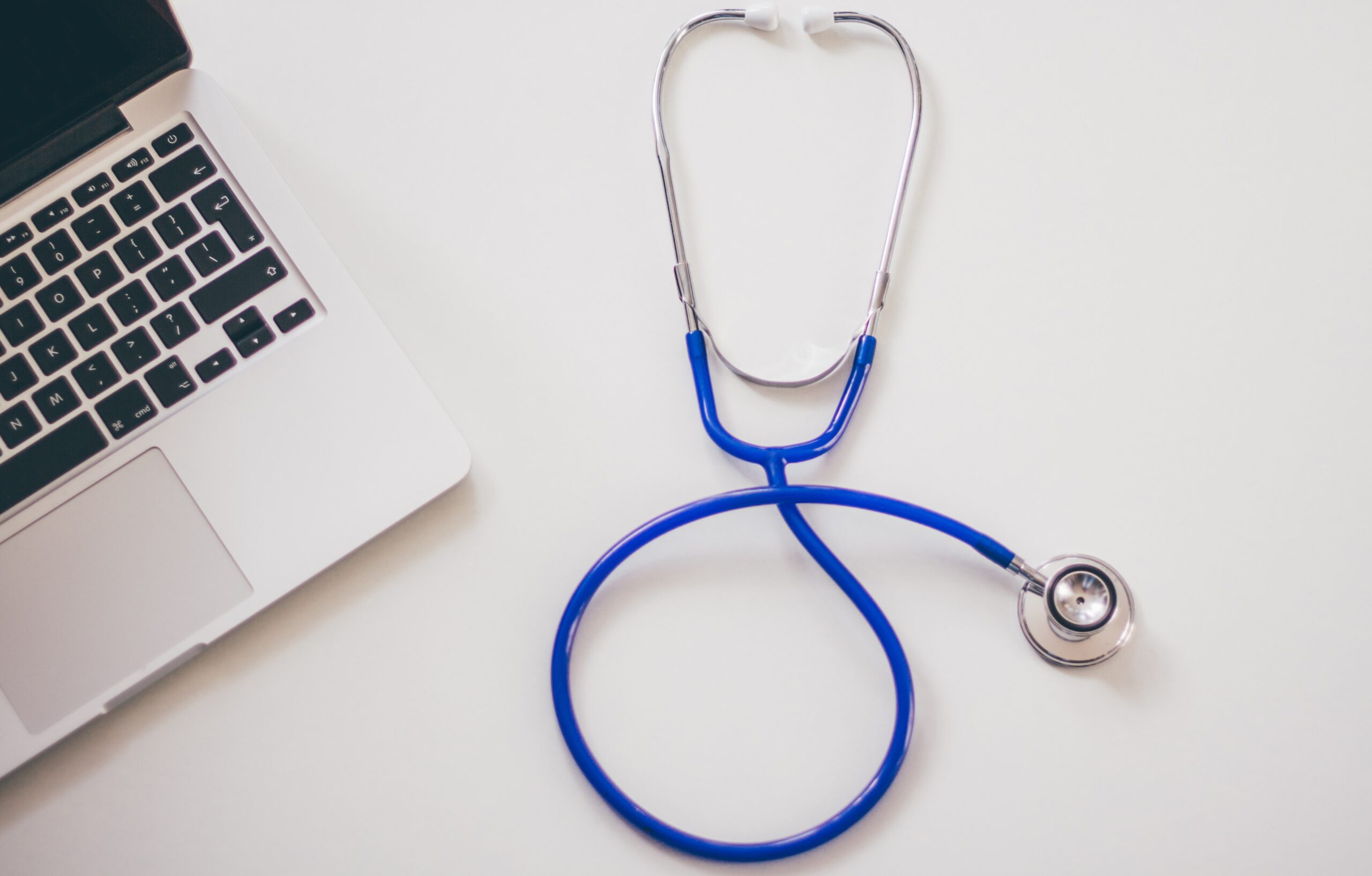The Cost of First Encounters
First Encounters Cost Insurers & Consumers Billions of dollars per Year
First Encounters are often costly. Your medical records can take days or even weeks to arrive in a new doctor’s hands. This can interfere with good medicine. We’ve all been to a doctor’s office for the first time and had to fill out forms and permissions to get medical records from another doctor’s office. Many of us have been to the emergency room where complete information can be critical. Not having our information can result in a bad or delayed diagnosis and treatment. For the payer, insurers and patients, this can mean expensive duplicative testing.
Duplicative testing alone is estimated to cost over $200 billion per year.
In 2019 Americans Had:
– 104 Million First Encounters with a Specialist
– 72 Million First Encounters with a new Primary Care Physician
– 89 Million patient visits to an Urgent Care or Walk-in Clinic
– 50 Million Telehealth visits with an independent Telehealth Company

Relevant and Pertinent Medical Information
Patients today are expected to know more about their health, and to engage actively in their own care. Often, family members and friends are also involved in the caretaking process.
There are a variety of health information technology tools in place to help your patients and their caregivers with this responsibility. One of these tools is the personal health record, or “PHR.”
Properly designed and implemented, PHRs can help patients manage their health information and become full partners in the quest for good health.
What Is the Difference Between a PHR and an EHR?
An electronic health record or “EHR” is typically entered by and accessed by health care providers. It may only have information from one health care provider or a group practice.
A PHR is a record controlled by the individual and includes health information from a variety of sources, including multiple health care providers and the patients themselves. The PHR is separate from, and does not replace the legal record of any health care provider.
How Can Using a PHR Help Patients Manage Their Care?
Having important health information such as immunization records, lab results, and diagnoses in electronic form makes it easy for patients to update records and share them with other people who need it, including their health care providers and family members. Most important is have a record ready and available for an appointment with a physician or other clinician for a First Encounter.
Medaflex can sort the medical information RELEVANT and PERTINANT to the visit and send it to the provider’s fax or printer. Your medical record will be waiting for you at your appointment.
